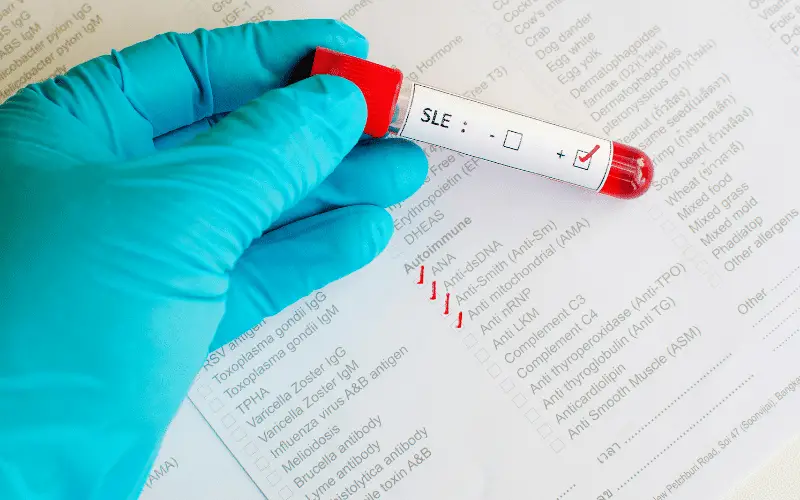Introduction: Demystifying Lupus
Lupus is a complex autoimmune disease that affects millions globally. Characterized by the body’s immune system attacking its own tissues, lupus presents in various forms, each with its unique set of symptoms, challenges, and treatment plans. Understanding this multifaceted disease is crucial, not only for those diagnosed with lupus but also for their caregivers, family members, and friends.
In this comprehensive exploration, we will delve deep into the five types of lupus—Systemic Lupus Erythematosus (SLE), Cutaneous Lupus Erythematosus (CLE), Drug-Induced Lupus (DIL), Neonatal Lupus, and Lupus Nephritis. From outlining characteristic symptoms and potential triggers to detailing effective management strategies, this guide is designed to provide essential insights. Our goal is to empower individuals affected by lupus and their loved ones with knowledge, paving the way for an improved quality of life.
1. Systemic Lupus Erythematosus (SLE)

The most prevalent form of lupus is Systemic Lupus Erythematosus. This type of lupus affects multiple organ systems within the body, displaying a broad array of symptoms that vary in severity and are often unpredictable. SLE is notorious for its symptom flares, where patients experience periods of increased disease activity. These flares can manifest in many ways, such as severe fatigue that can significantly impact a person’s daily activities.
Another common symptom of SLE is the presence of joint pain or arthritis. Most frequently, the small joints of the hands and feet are affected, but any joint can be involved. The pain is typically worse in the morning and improves as the day goes on. Swelling and redness often accompany the pain, adding to the discomfort.
In addition to systemic symptoms, SLE can present visible signs such as a characteristic skin rash. This rash, often described as a butterfly rash due to its unique shape, spreads across the cheeks and nose. Exposure to sunlight can trigger or exacerbate this rash, emphasizing the need for sun protection in patients with SLE.
Despite these common symptoms, SLE can also have severe implications for major organ systems. It can lead to complications like kidney inflammation, causing protein leakage into the urine and swelling in the legs. It can also cause pleuritis or pericarditis, inflammation of the linings around the lungs or heart, leading to chest pain. Neurological complications such as headaches, seizures, or even psychosis can occur when the brain is involved. It’s this potential for severe organ damage that underscores the seriousness of SLE. (1)